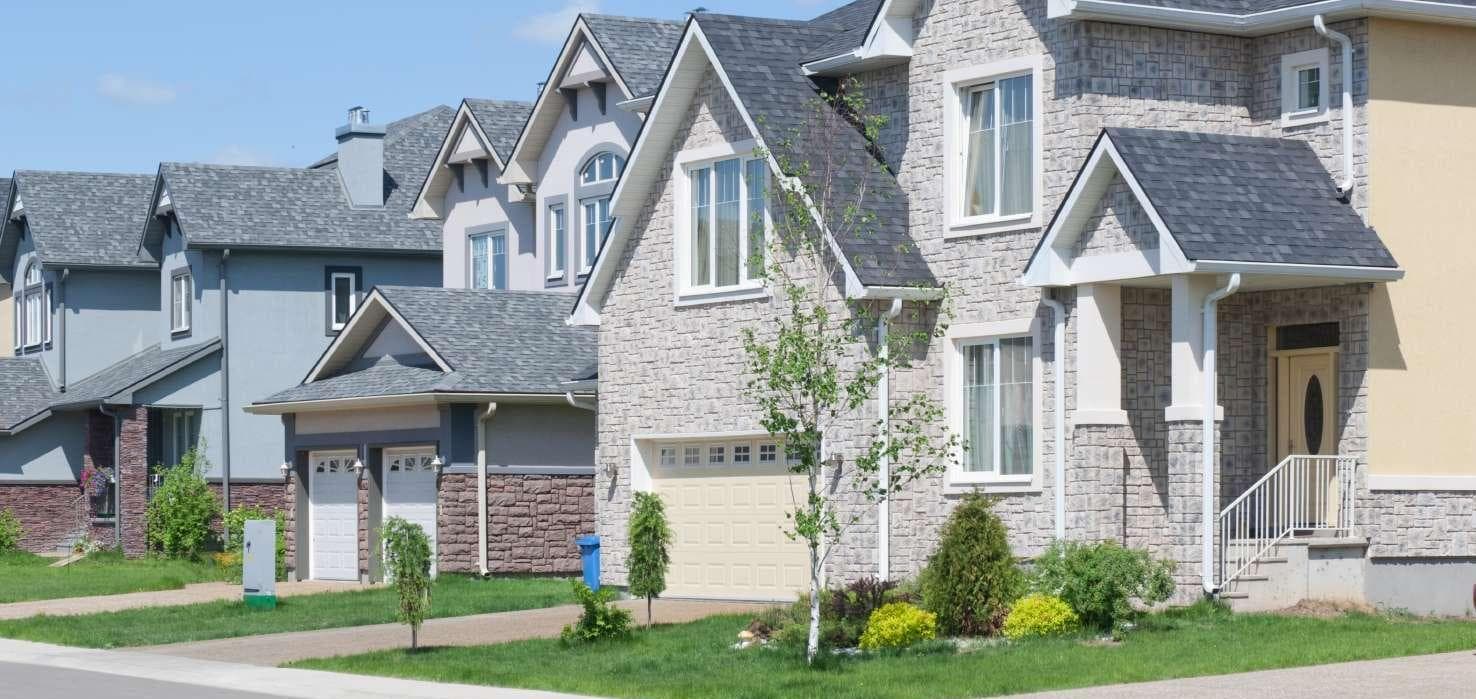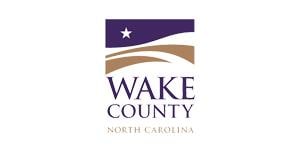- Casos de Sucesso
- Wake County
Wake County achieved this using • SAS® Machine Learning and Deep Learning • SAS® Visual Analytics and SAS® Visual Statistics running on SAS® Viya®
Artificial intelligence improves assessment accuracy and productivity in Wake County
In 1980, Wake County, North Carolina, was home to just over 300,000 people. By 2016, the population exceeded 1 million. Explosive growth has sparked a robust building environment and increasing property values – creating a moving target for those challenged with assessing property values in a booming real estate market.
Meet Marcus Kinrade, Wake County’s Revenue Director. Kinrade is charged with overseeing property assessments in a flourishing county, which has added 20,000 parcels since the last general reappraisal in 2016. Compounding this growth is a shorter reappraisal cycle. Previously, the Wake County Revenue Department had eight years to complete the general reappraisal on nearly 400,000 properties. This work will now be completed every four years.
“We couldn’t possibly hire and train enough appraisers and support staff fast enough to get our work done accurately on a shorter reappraisal cycle,” Kinrade says.
With such a dynamic market, Wake County officials need real-time information on how market values are changing. More than 3,000 parcels are sold each month, and even the simplest condominium unit can have more than 25 variables analyzed. The result is a massive amount of data. “We needed unbiased support to analyze our volumes of data, and SAS was the obvious choice,” Kinrade says.
We needed unbiased support to analyze our volumes of data, and SAS was the obvious choice.Marcus Kinrade Revenue Director Wake County
Machine learning on the SAS® Viya® platform
Wake County turned to SAS and the SAS Viya platform to identify changing market trends every day for every property. SAS built cloud-based, machine learning models for Wake County that consider hundreds of factors and daily property sales to offer timely, objective, highly accurate market forecasts.
The system independently predicts a Jan. 1, 2020, market value for each property based on recent sales data. There are dozens of inputs that affect property value, such as location, size and finishes. The model employs decision trees to estimate sale prices based on a series of decisions: How much heated area does the house contain? Does the property have vinyl siding or a brick exterior? And so on. With every home sale, the model is refined automatically to become more precise.
The Wake County tax assessment model was built with repeatability in mind so that it can be adopted by other governments with minimal customization. It is powered by the artificial intelligence capabilities of SAS® Visual Data Mining and Machine Learning, a tool that supports end-to-end data mining and machine learning with a comprehensive, visual interface that handles all tasks in the analytical life cycle – from data to discovery to deployment.
To support the model, SAS generates and hosts a series of reports using SAS Visual Analytics and SAS Visual Statistics, both available on the SAS Viya suite of products. These interactive reports give Wake County appraisers access to information such as updated property evaluations, a list of the five most similar neighborhoods for any given address, and comparisons of estimates calculated with SAS versus actual sale prices.
Wake County – Facts & Figures
1,000,000+
population of Wake County
3,000+
parcels sold each month
140
variables to analyze for each property
Human judgment enhanced by artificial intelligence
County appraisers first perform their own analysis and determine values for each property, then turn to SAS Viya for an objective second opinion. Properties are currently selling quickly in the county, and these sales, in turn, influence market values for all properties.
According to Kinrade, “SAS Viya performs an independent, data-driven, objective analysis for each property that can be compared with our appraisers’ analysis and assumptions to validate accuracy or identify divergence. This helps us to quickly identify neighborhoods that may require additional review to determine what is causing the divergence and make any necessary adjustments.”
Kinrade noted the SAS investment is not about generating property tax revenue. “Our goal is to make sure the 2020 assessed values are as fair, accurate and equitable as possible, not increasing tax revenues. SAS is helping Wake County achieve this goal without significantly increasing our staffing or operating budget.”




